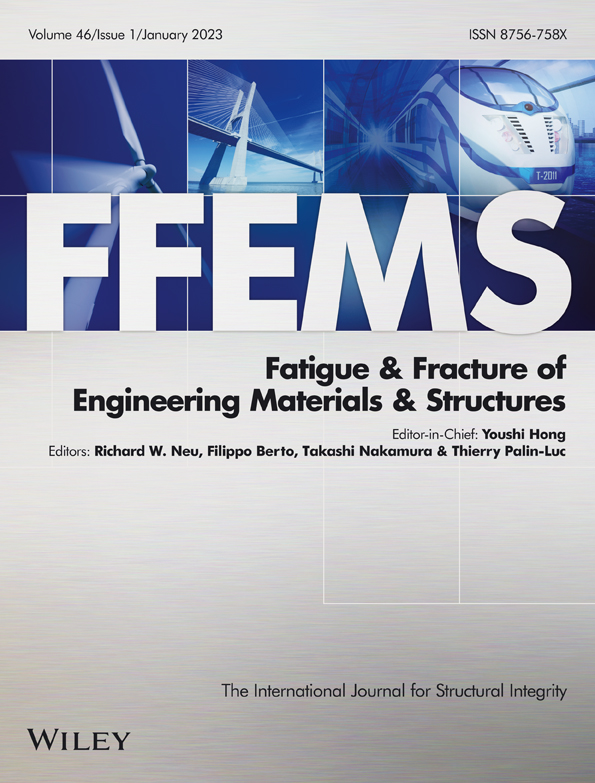Thermometric investigations for the characterization of fatigue crack initiation and propagation in Wire and Arc Additively Manufactured parts with as-built surfaces
Funding information: “Self-Heating” ANR - Safran - Naval Group Research Chair, Grant/Award Number: ANR-20-CHIN-0002
Abstract
Metal Additive Manufacturing (AM) allows for the fabrication of complex shapes with high added value at low costs. Indeed, as-built structures are near net shape: they require few to no finishing operations. However, as-built AM parts present significant roughness caused by the layer discretization. In the case of the Wire and Arc Additive Manufacturing (WAAM) process, used for large-scale structures, the as-built roughness is estimated to several hundreds of micrometers. For complex geometries, a complete machining of the surfaces is not necessarily possible. In this study, an experimental method is proposed, relying on thermoelastic stress analysis, to characterize the effect of as-built WAAM surface roughness on high-cycle fatigue properties. Using an infrared camera, multiple cracks can be detected and monitored over a large surface on rough WAAM samples under cyclic bending. The collected data constitutes valuable information for the identification of a fatigue model dedicated to as-built WAAM structures.
Open Research
DATA AVAILABILITY STATEMENT
Research data are not shared.




